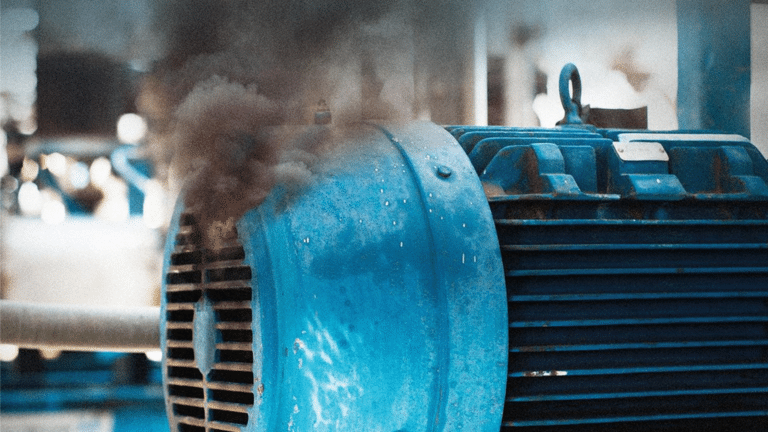Root cause analysis, or RCA, is a highly beneficial process for identifying the cause of a problem and developing a plan to change it. The keys to an effective Root Cause Analysis is to advance beyond just the superficial cause and adjust your process or systems to remedy the root cause. Now, root cause analysis isn’t just for major incidents or breakdowns. You can incorporate preventive root cause analyses into your maintenance strategy to keep things running smoothly and efficiently and help prevent major incidents from happening.
Root Cause Analysis Triggers
While root cause analysis often follows a critical breakdown, there are several opportunities for preventive RCA. Each and every business will have process-specific triggers. However, the list below includes a general list of examples to help you get started:
- Employee Safety Incident – Near misses, injuries, or casualties are the most important RCA trigger.
- Unplanned Downtime – Considering the cost of downtime, this is worth a thorough RCA.
- Asset Failure – This is especially important as a follow-up RCA if failure continues after initial repairs are made.
- Process Failure – Your processes keep things running as much as your assets do, so identifying their cause of failure increases uptime as well.
- Environmental Failure – Prevent future leaks or major spills that can impact the environment.
- Cost of Labor, Parts, or Rework – If your costs don’t align with your projections or if they’re trending upward, an RCA will help you determine why.
- Resource Trends – Performing root cause analysis on an unexpected increase in parts or fluid usage can identify maintenance issues early.
How to Get Past Shallow Cause Analysis
It can be difficult to know if you’ve dug deep enough to identify the true root cause. However, one tip to help you get past shallow cause analysis is to ask what action(s) could you have taken to prevent the failure cause from happening. If you’ve stopped at the physical or human causes, you haven’t identified a system or process that failed to prevent the human error. The real root may be that there wasn’t a system in place, a lack of proper training, or even incomplete work order information that left unclear expectations.
Root Cause Analysis Example
For example, a company was replacing a bearing per week. These bearing failures cost an estimated $12,000 per hour in lost production and up to $20,000 in repairs. Root cause analysis determined it was a lubrication issue. Taking it a step further, it was discovered that the lubrication routes were not being completed at the right frequencies, and technicians often partly completed routes while others were completely missed.
Now they could stop there and merely say that it was due to human error, and modify the individuals assigned to the lube routes and close the case. However, this approach only addresses thesuperficial cause of the bearing failures.
By investigating further into their systems they identified that the lubrication team simply didn’t have the proper systems to assign and track route compliance. Once the precise cause was identified they quickly addressed it by looking for a solution that provided their team with a framework to follow.
The solution: Implementation of Redlist’s mobile lubrication charting app. Since the company set up its lubrication plan in Redlist, they have achieved 100% route compliance and increased production. If they had stopped at the shallow cause of human error, the bearing failures would likely still be inflating costs and choking production.
Drive Impactful Change with Redlist
In our RCA example, the company eliminated the root cause by creating a standardized system using Redlist. They created a fully charted lubrication plan complete with photos, documents, work instructions, products to use, and estimated completion times for every lubrication point in their facility. A better root cause analysis impacts production goals, costs, profit, reliability, and workplace safety. Redlist is the tool to take your root cause analysis and turn it into actionable solutions to drive impactful change.


